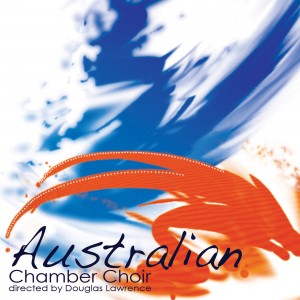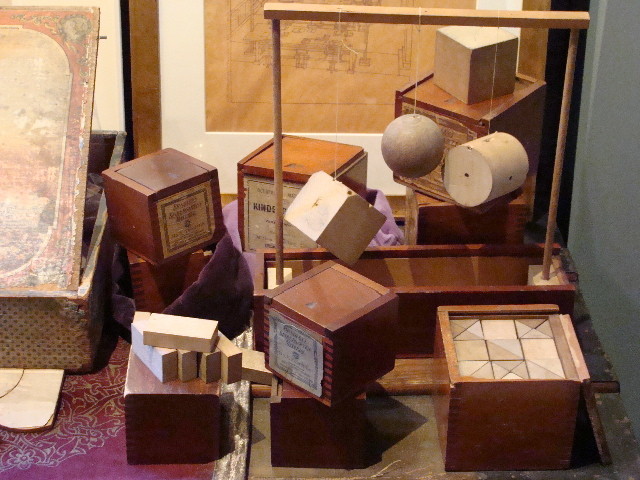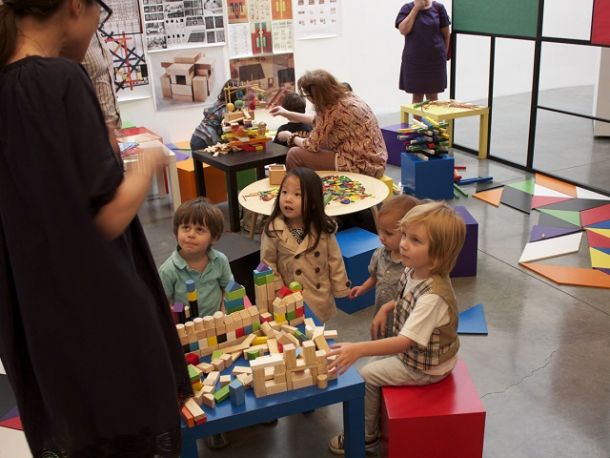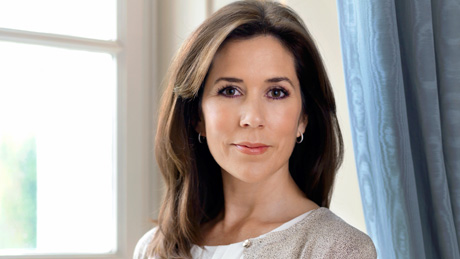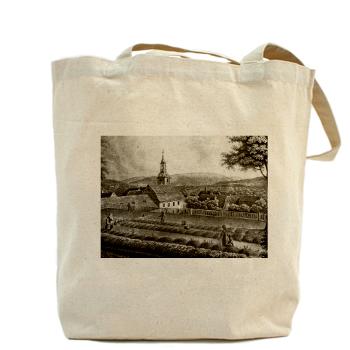Author: admin
Education that serves the community
I have very fond memories of my schooling, including my five years at a high school. I think my schooling served me well. It supported my parents’ conviction that education was the pathway to a productive life and that girls needed and deserved a career. It taught me to think for myself, to analyse, organise, hypothesise, challenge, martial and test arguments. It gave me a peer group with whom I could share, trial and extend these skills as well as teachers who were role models and experts in their subject fields. My subsequent courses at Sydney University and the University of South Australia built on what I learned at school, but it was the intellectual skills and the mental discipline I acquired at high school that formed the solid foundation.
free play
It was Froebel’s intent that the routine of taking out and putting back the blocks would instill a sense of responsibility and respect for the materials given to the child. This respect and understanding of how to treat what has been given to them “the gifts”, shapes their view and the way they treat nature and others around them.
This is also due in part to the way that the gifts are presented to the child as “a representation of the natural world around them”. This is all so clear to me as an adult as I look upon my own experience as a child, when I attended a Froebel School, in Mississauga, ON, Canada, and played with the gifts on a regular basis.
The Science of Early Childhood Development – YouTube
Froebel blocks
Froebel Blocks that inspired Frank Lloyd Wright’s earliest dreams
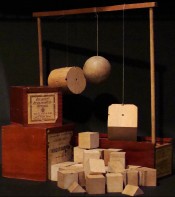 Milton Bradley Company
Milton Bradley Company
“Bradley’s Kindergarten Material”
(Froebel Blocks)
Gift No. 2
No. 3, Third Gift
No. 4, Fourth Gift
No. 5, Fifth Gift
Gift No. 6
Fröbel Studio
Rare is pleased to present Fröbel Studio: The Institute for Creativity, Eamon O’Kane’s third one-person show at the gallery. O’Kane transforms nearly the entire exhibition space into an interactive installation that demonstrates how the pedagogical ideas of one man, Friedrich Fröbel, profoundly affected the course of modern art, architecture, and design. The show runs from October 17 until November 14, with an opening night reception on Thursday, October 17.
Fröbel Studio makes direct visual and conceptual reference to the educational play materials known as Fröbel Gifts – the colorful spheres, cylinders, and tubes that were developed in the early 1800s by Friedrich Fröbel, the inventor of Kindergarten. These tools are still instrumental the world over in unlocking creativity at an early age by teaching children about three-dimensional shapes and colors, and their relationship to the environment and nature.
O’Kane’s installation is an integral part of his ongoing exploration of the symbiotic interplay of art, architecture, design, and pedagogy. It includes a plethora of educational activities and playthings as well as paintings, drawings, digital prints, videos, and architectural components by Eamon that not only reference Fröbel’s learning methods, but also the aesthetic ideas of the game-changing Modernist artists, architects, and designers so influenced by his teachings – particularly Wassily Kandinsky, Piet Mondrian, Frank Lloyd Wright, Le Corbusier, and Charles Eames.
Despite all of its significant art historical references and influences, Fröbel Studio is ultimately meant to be enjoyed by youngsters in the company of their families and teachers. For this reason, O’Kane and Rare have reached out to elementary schools in the New York metropolitan area to invite them to bring their classrooms to the gallery to experience the installation.
Fröbel Eames Studio: A History of Play
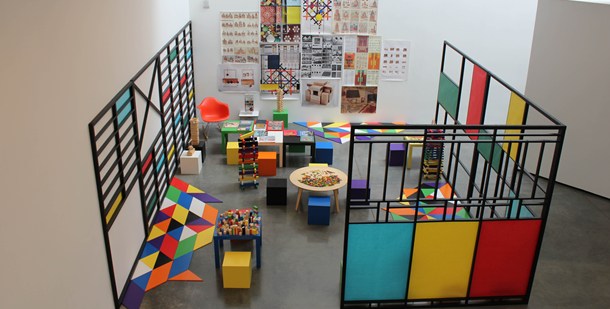
Artistic research is about acquiring new knowledge. Through being more than the sum of a series of individual works, artistic research is a process that contributes to development and innovation. Based on art and design practices, contextualization, method and critical reflection, artistic research increases and develops understanding and knowledge within art and design.
Eamon O´Kane is Professor of Visual Art and Leader of an Artistic Research group at the Department of Fine Art at Bergen Academy of Art and Design.
The Universities and University Colleges Act of 1995 equates Artistic Research with Scientific Research. The ambition of Bergen Academy of Art and Design is to strengthen its artistic research to a high international level.
How Curiosity Drives the Writer
Guest post on SlushHeap by Johannes “John” Froebel-Parker, Director of the Froebel Gallery, New York
School for 200 years
HRH The Crown Princess becomes the patron of the jubilee celebration “School for 200 Years”
“For me, the school has an entirely special status. It is here we make the first friendships, we acquire specialized information and knowledge so we can pursue our dreams later in life. It is also in the school that the children can develop a strong feeling of community and become more able to cooperate. With school, a world of possibilities opens up. I am pleased to participate in the festivities and meet lots of engaged and creative children and adults.”
In 2014, Denmark celebrates the 200 year-old right and duty of Danish children to receive education. The Crown Princess, in her role as patron, will mark the jubilee of the schools’ 200th birthday in 2014. With the anniversary, the introduction of compulsory education for Danish schoolchildren will be celebrated with a number of national and local events and projects for children and adults. These projects count, among others, 40 large projects, including Lærer for Livet (Teacher for Life), which conveys the development of the teaching role over 200 years. In the course of the jubilee year, exhibitions, school theatre productions and nationwide school dances will take place.
Tote bag | Froebel Gallery
Tote bag with images of Friedrich Froebel and the first Kindergarten at Bad Blankenburg
